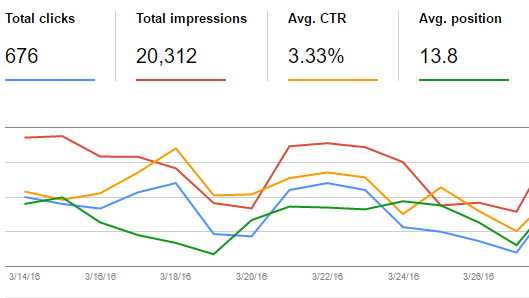Building a Prospect List With CASL
Marketing automation is a useful tool in any business, but it becomes more important with Canada’s Anti-Spam Laws (CASL). In order to be CASL compliant, companies must provide evidence of compliance in the form of opt-ins and records of transactions in order to establish the communication to their prospects is consensual. This can be difficult to manage, require constant updating, and can drain resources away from other facets of your business. It can also make your website less effective, because you’re not holistically tracking your customer base.
However, with tools like SharpSpring, you can determine worthwhile leads, use forms to opt-in, track lead behaviour, and use lists to qualify leads. SharpSpring also automates the tracking of who has opted in and not, and has options to track purchases.

Forms
Forms are, by far, the strongest SharpSpring tool for CASL compliance. By including an opt-in on all gated content, you increase your odds of receiving permission to send email communication.
All opt-ins can then be stored in a separate list (more on lists later), meaning you never have to worry about sending communication to somebody who has not opted in.
Using forms also allows you to capture emails and get a barometer for who is seeking out your content, giving you better audience data and allowing you to improve your future campaigns.
Track Lead Behaviour
If somebody doesn’t check the opt-in box, that doesn’t mean the contact is useless. You can proceed to track how much they use your site, what pages they visit, and see if they’re worth manually calling (something not covered under CASL), or transferring them to an “opt-in” list after they’ve made a purchase from you (at which point, there is implied consent).
SharpSpring allows you to both set a lead score based on behaviour, and has an option to trigger workflows that notify your salespeople when a lead has done actions that your company has deemed important. Both of these features allow you to use methods other than email campaigns to further your sales efforts, making CASL less of a concern.
Lists
Arguably one of SharpSpring’s more powerful features, lists allow you to segment all contacts by criteria you determine. Not only can you separate those who have opted in versus those who haven’t, but you can create rules-based lists that adapt according to lead score or user behaviour.
The previous two features (forms and tracking lead behaviour) are critical in helping you build lists. While the most obvious uses for lists is creating email campaigns, lists can also be used to qualify prospects. By assigning lead score points based on pages visited, number of return visits to the site, and number of forms filled in, a sales team can establish which leads are qualified and ready to make a purchase. Instead of following up with every lead, salespeople can limit themselves to following up on leads who are more likely to produce a return on the investment of selling to them.
Overall
Automated marketing is a vital tool to maintain CASL compliance. In order to best cover your legal bases, it makes sense to purchase a tool such as SharpSpring and work with a partner to best establish how you can advance your business without relying on random email marketing.




















